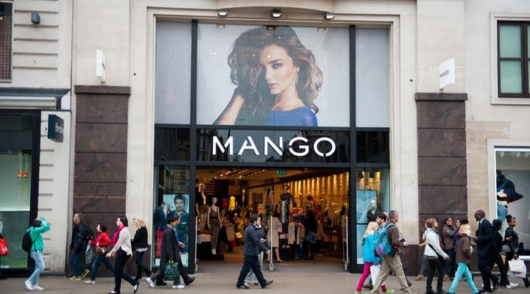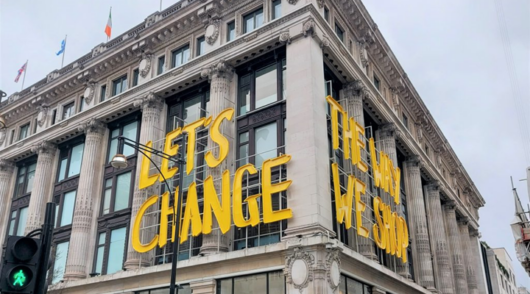Since the onset of online shopping, the consumer buying journey has been changing fast, and 2020 has only accelerated this pace of transformation. The traditional concept of ‘awareness to decision’ is no longer linear, and with each passing month there seems to be new touchpoints in the customer journey.
To truly facilitate this new customer buying journey, brands need to be on the right channel, at the right time, and understand that each touchpoint they have put so much time, effort and money into may not actually end up being the ultimate place where the customer ends up buying from – if they do at all.
All of this is easier said than done, and there are a number of methods brands can employ to increase the likelihood of all this culminating in a consumer purchase.
The changing dynamic of the ‘omnichannel’ experience
‘Omnichannel’ essentially means all your ‘channels’ revolve around your customer, which creates a single customer experience across your brand. Often applied to retail environments, true omnichannel shopping goes beyond brick-and-mortar locations to channels like mobile-browsing, online marketplaces, social media – wherever your users browse online through retargeting ads.
We know now, thanks to smartphones, consumers will research a product a number of times before they end up considering making a purchase. Consumers are too well informed and have too much information at their fingertips for many things to still be considered impulse purchases.
What does this mean? It means a brand’s service, offerings and experience must be consistent across multiple channels – in store, online, on social, in marketplace, at pop-ups, on mobile – absolutely everywhere. If one channel attracts all the available resources to the detriment of the other channels, this will adversely affect the consumer’s perception of a brand and trust will be lost.
A confusing, incohesive customer experience across channels will actively discourage consumers, and most brands are starting to understand this. In fact, in a 2020 report, PWC found the number of companies investing in the omni-channel experience has jumped from 20% to more than 80%.
On top of this, the customer experience is now the most important consideration in the journey to purchase. In fact a recent Walker study found at the end of 2020, customer experience will overtake price and product as the key brand differentiator.
Social selling and the new buyer journey
Half the world’s population is now on a social media platform of some kind regularly, so if you don’t have a presence on social media, you might as well be invisible – particularly to younger consumers.
This means brands must not only have a good social media presence, which is regularly monitored and updated, but in some cases, directly sell on this channel.
Instagram, owned by Facebook, says it has a billion monthly active users and 60% come to the platform to discover new products. Selling directly on channels such as these do involve giving a cut to the platform, however, it also reduces the amount of clicks a customer needs to undertake to purchase, reducing the likelihood they will churn.
The rise of the ‘subscription’ generation
Subscription models of sales are not just for the Netflixes and Spotifies of the world, many brands actually now lend themselves well to a subscription model. In particular fashion, food, supplements, and beauty, and offer brands a chance to curate offerings to ‘surprise and delight’ loyal consumers.
Consumer buying habits are trending toward more ‘fast and easy’ shopping experiences, free delivery, and instant gratification, and the subscription model serves all those needs, providing value to the customer with low effort for all involved.
The latest projections say by 2025 the global ecommerce subscription market will be worth $246.6 billion, and by 2023, 75% of direct to consumer businesses are expected to offer subscriptions.
Who is getting it right?
As an example, Australia’s Jenny Craig has done this amazingly well. After noticing a high website bounce rate, Jenny Craig realised it needed to replatform because its customers start their journey online and its ecommerce solution needed to match its in-store service.
Members had to feel like they were getting a supportive, one-on-one, and fully customisable experience. This meant creating a menu planner that contained more than 30 food items per week that customers could then tailor to their needs.
The result was an immersive online experience and the introduction of a subscription option so customers could automate recurring orders. This allowed Jenny Craig to attract new customers, provide more flexibility to existing members, and establish a more resilient business model.
Today’s consumer is well informed, highly ‘connected’ and wants good value with minimum of effort. Brands actively achieving this will be the ones who shoot ahead in the future.
Click here to find out how you can create a more cohesive, memorable and consistent shopping experience.






